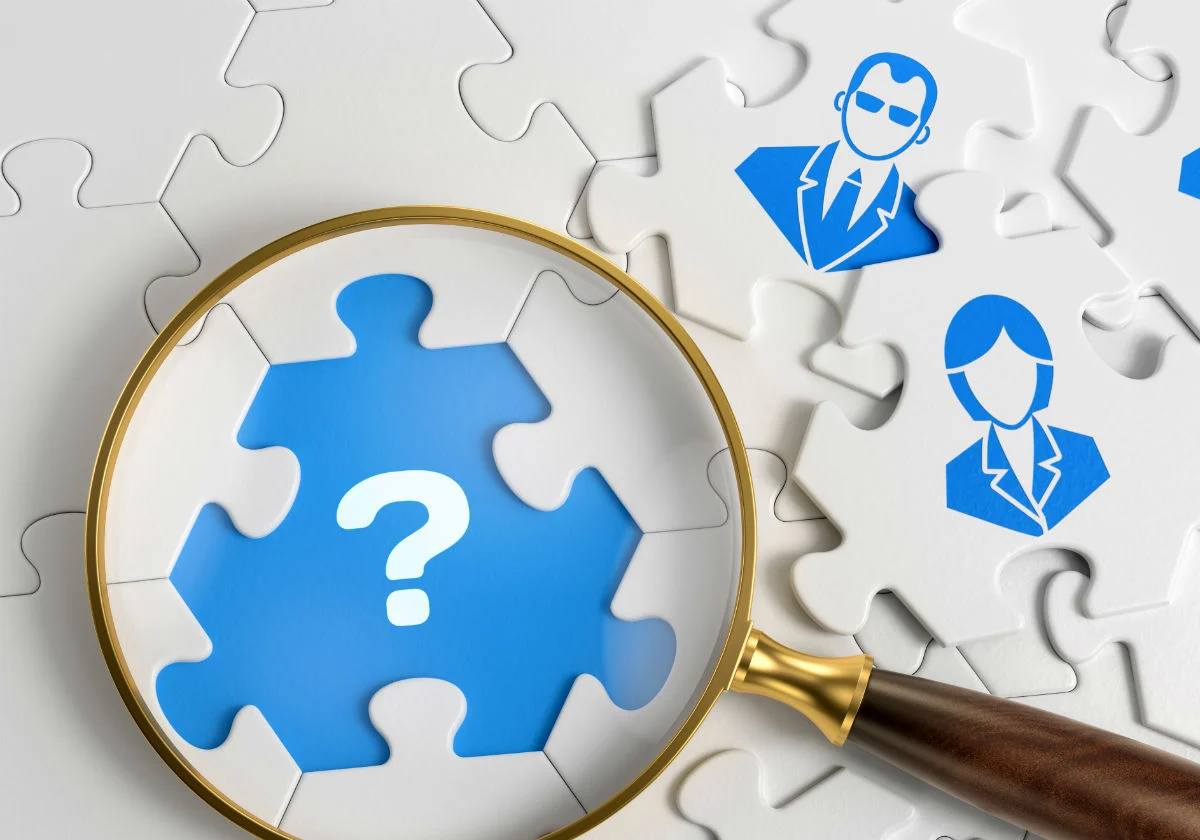TL;DR: You’re keenly aware of just how important accounts receivable is for your business, and you know how difficult it can be as well. While you hope most of your customers pay on time, without any difficulty, there’s always going to be those customers you need to chase down for payment. With the recent impacts of Covid-19, you can be sure there will be a surge of customers you may need to track.
And there are always going to be those customers who are highly problematic—the ones you actually need to send to collections. Yet these customers are often the most difficult to work with; some of them might even seem to fall off the face of the earth.
That’s where skip tracing comes into play.
When Customers Disappear — The ‘Skipping Town’ Scenario
When an account goes to collections, it’s often moved beyond the stage where you can simply contact the customers and remind them to pay their bills. Chances are you’ve been contacting them all along. The accounts are long overdue and you haven’t been able to collect yet, which is why you’ve now sent them to collections.
Sometimes, the problem is the customers have seemingly skipped town. You can no longer get in touch with them; they don’t answer their phones, emails bounce back, and the office building appears to have been vacated.
Your customer has, for all intents and purposes, skipped town, leaving you on the hook for their unpaid debt.
What Is Skip Tracing and Why Is It Essential in Debt Recovery?
The missing customer—known as a ‘skip’ in the industry—needs to be tracked down. This is the art of skip tracing, which is common enough when it comes to debt collection. People default on their accounts quite frequently, and many of them move or go into hiding in order to avoid the collectors. As a result, those in collections have had to get better at tracking people down.
Skip tracers are the professionals who are engaged in this line of work. Many debt collection agencies engage in skip tracing and employ skip tracers as part of their services.
Skip Tracing Methods Used to Locate Debtors
Skip tracers utilize several methods to track down subjects. They collect information, often from public records such as phone directories and credit reports, and then verify and analyze the information. Sometimes, they will collect information from people who might know the person, such as former neighbors in the office building or the new tenants or landlord.
Skip tracers then use the information to extract the subject’s current location. Sometimes, what they need to know is in all the data they’ve collected; other times, skip tracers must make some educated guesses.
Tools and Technology Behind Effective Skip Tracing
While the internet has made it easier to practice skip tracing, it’s still an acquired skill learned through practice.
Even with the internet, skip tracing still makes use of some customized tools. In fact, the internet has made it even more important to have a professional program to trace people; since there’s so much information available, a program often does a better job at collecting, analyzing, and sorting data than a single person alone.
Skip tracers also have a special skill set, which includes the ability to make connections in the data. In some ways, they’re specialized data analysts.
Using Skip Tracing to Recover Accounts Receivable
Of course, even once you’ve found the person, you still have to collect the account. A third-party provider can help you with this step too, offering you integrated accounts receivable and collections management from end to end. A provider can help you do everything from issue the invoice in the first place to skip trace those customers who try to skip out on the bill.
Beyond Collections — How Skip Tracing Helps Contact Tracing and More
It is not only for collections that Skip tracing Services is essential. During this time of with the challenges of Covid-19, skip tracing is more useful than ever. Healthcare can utilize the support that skip tracing provides for contact tracing. Contact tracing is used to identify, educate and monitor individuals who have had close contact with someone who is infected with a virus and are at a higher risk and limit further spread of the virus.




